Contents [hide]
Discover how the inventions of monks fostered technological and scientific development in medieval Europe and passed down ancient, valuable knowledge.
We often hear the Middle Ages described as a dark era, during which technological progress and artistic development came to a halt, and widespread barbarism erased much of ancient culture, especially Greek and Roman. This is not entirely true. In this article, we focus on the immense contributions of monastic communities across the continent in preserving and disseminating culture, particularly through the inventions of monks that laid the foundations for modern technological development.

It’s no coincidence that a specific saint was chosen as the patron of Europe: Saint Benedict of Nursia, founder of the Benedictine Order and creator of the “ora et labora“ rule, which divided a monk’s life between prayer, contemplation, and manual and intellectual labour, thus honouring God through work. Until then, becoming a monk meant embracing a solitary, prayer-focused life, but this new rule changed everything. After all, even Jesus worked as a carpenter, indicating that manual labour is pleasing to God.

The patron saints of Europe: the patron saint for country
Each country has its patron saint: in this article, you will discover all the patron saints of Europe…
But before Saint Benedict’s rule, the role of monastic inventions in European progress can also be attributed to historical, social, and philosophical reasons.
Firstly, the concept of the rationality of creation inherent in Christian doctrine suggests that Nature, created by God with a certain rationality, can be understood and utilized for human benefit through logic and reasoning.
Secondly, the spread of monasticism and the establishment of large monasteries coincided with the abolition of slavery, a common practice among Romans. Free men were now called to work the land, operate millstones, and perform various tasks previously deemed degrading, which suddenly became worthy of productive men. The lack of slaves also spurred human ingenuity to develop mechanical and hydraulic systems for heavy tasks, such as the watermill.
Thus, while Europe was indeed plagued by wars, raids, and famines, monks worked diligently within the relative safety of monasteries to preserve culture and support the economy in countless ways. They copied and preserved ancient texts in their libraries, worked the land, built embankments, reclaimed marshes for agriculture, and promoted farming and livestock breeding. Some modern scholars believe that we owe the agricultural revival and spread of agriculture in Europe to the monks. They led by example and encouraged others to return to farming.
Monks also prepared ointments and medicines in their herb gardens, and many monasteries offered rudimentary healthcare services with spaces dedicated to treating the sick and needy.

It’s remarkable how quickly new inventions and innovations discovered by monks spread across monasteries, even those far apart, in an era of slow and difficult communication. In this aspect, monks were also pioneers.
The Inventions of Monks
Monks were genuine inventors, particularly the Cistercians, a branch of the Benedictine order, known since the 1000s for their extraordinary technological and metallurgical skills. Among their medieval inventions are the water clock, eyeglasses, accounting, and even Parmesan cheese! In many cases, diligent monks built upon ancient knowledge from texts preserved in their libraries, refining and deepening these to create something truly new, useful, and valuable for the community.
The Invention of the Heavy Plow
The heavy plow was a particularly important invention, radically changing agricultural practices. Earlier plows were fragile tools that couldn’t penetrate deep into the soil to mix and fertilize it, especially in hard ground. The heavy plow, with its asymmetrical plowshare and wheels that allowed it to be pulled by oxen or horses, significantly increased soil productivity, leading to an agricultural revolution.
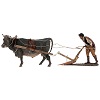
Beer Production
Monks, particularly Trappist monks, played a significant role in the production and dissemination of beer. While beer had existed for thousands of years, monks refined brewing techniques and discovered new methods that quickly spread throughout Europe. Initially, beer was a daily necessity that made it possible to drink otherwise contaminated water, thanks to the antiseptic properties of hops. Later, beer production became a source of income and an expression of monastic craftsmanship.
Pioneers in Wine Production
Vine growing and wine production also became widespread activities among medieval monks. Wine was essential for celebrating the Eucharist, and monks needed to ensure a steady supply, even during times when trade outside the monastery was disrupted by wars or plagues. Monks recognized a profound connection between humanity and God in the vine and wine, symbolized by the blood of Christ and representing the link between heaven and earth. As Jesus said, “I am the vine; you are the branches” (John 15:1), highlighting the deep relationship between Him and believers.
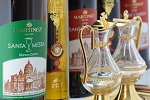
5 questions and 5 answers to the altar wine
During the Last Supper, Jesus offered his disciples bread and wine, celebrating therefore the first Eucharist…

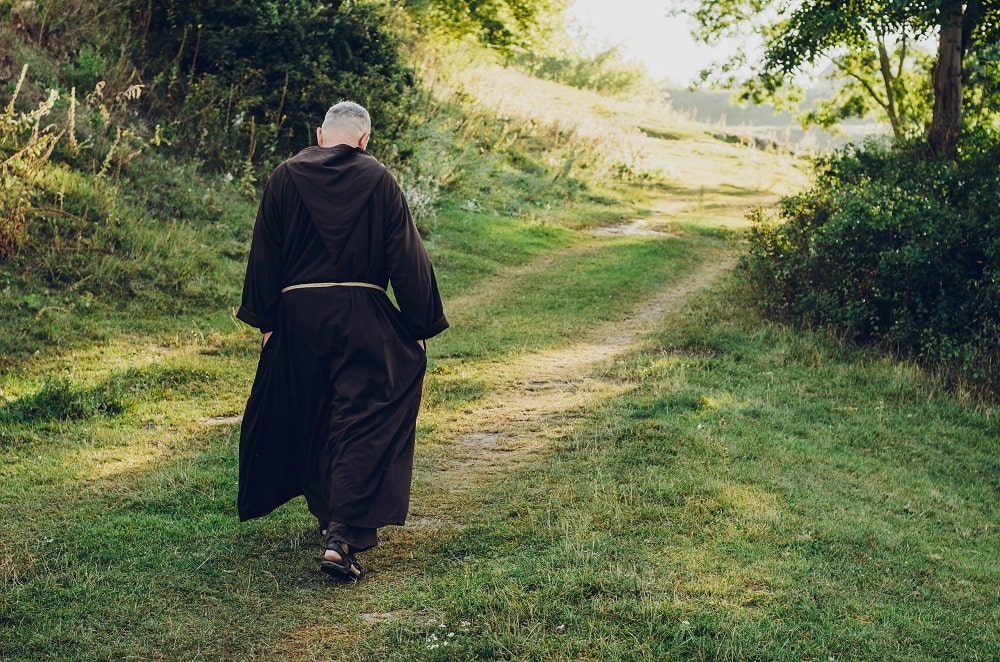
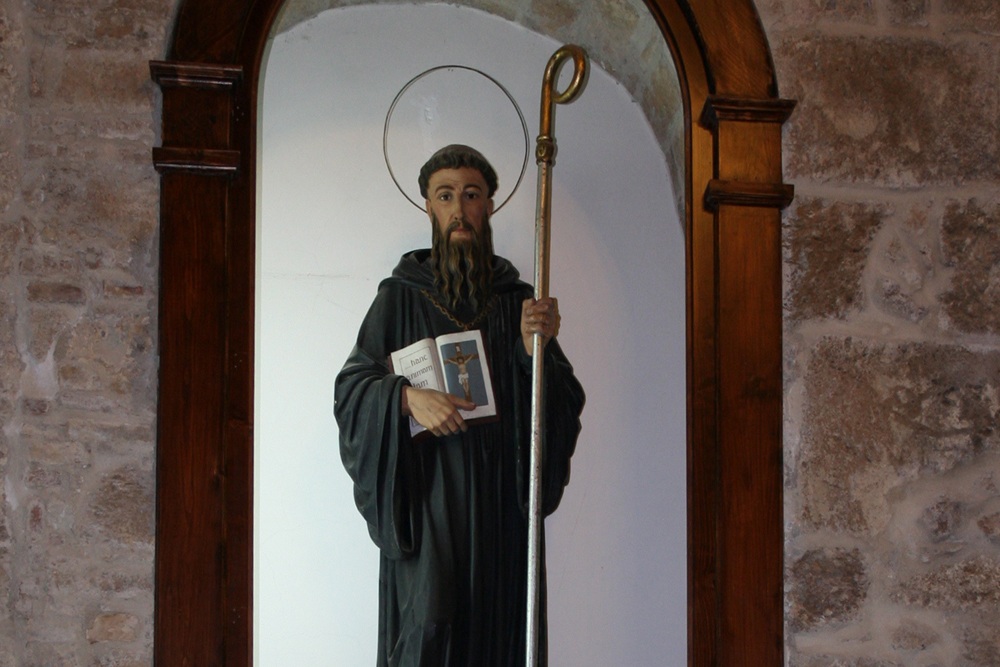
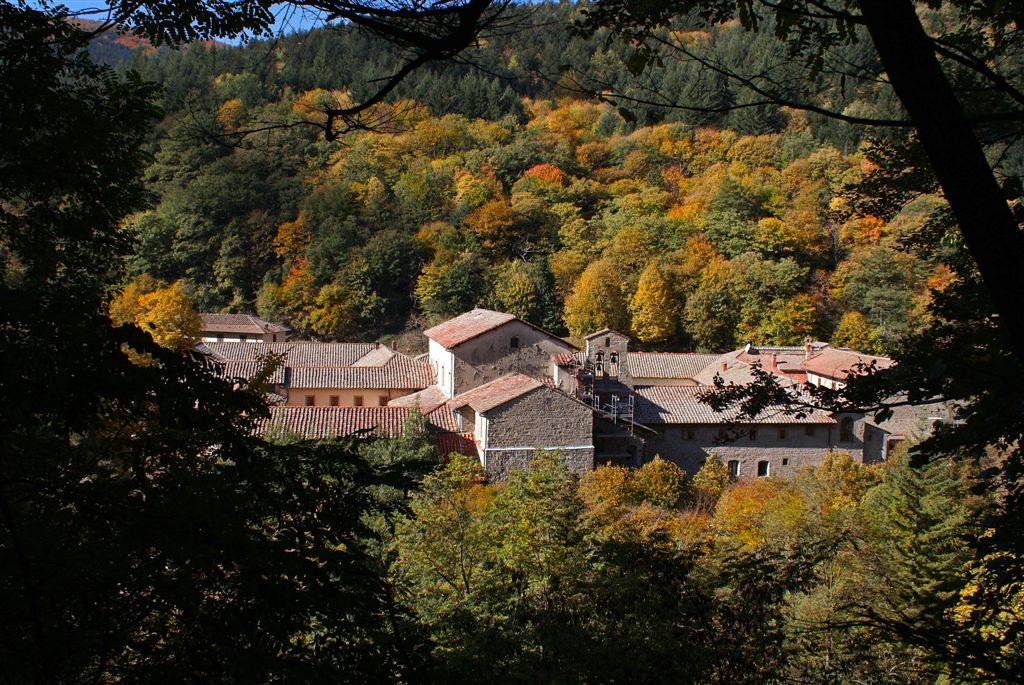






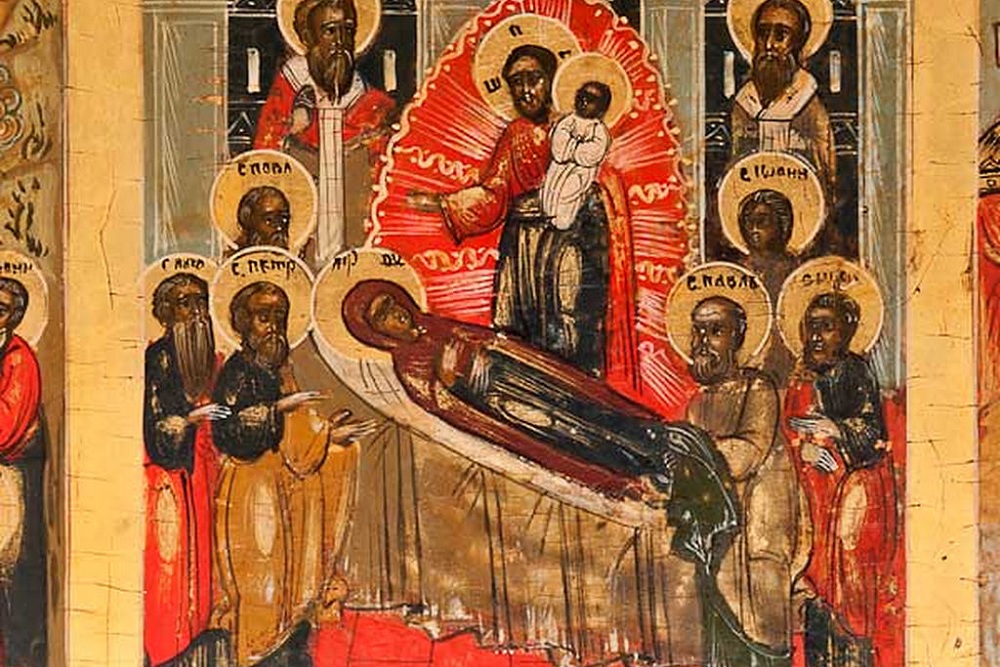








 19 March 2025
19 March 2025






